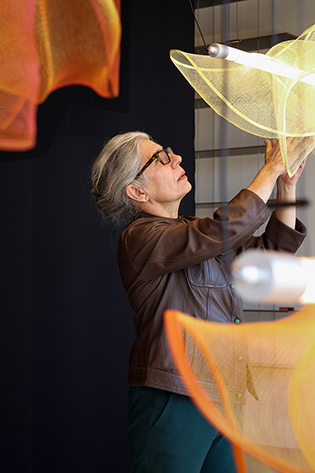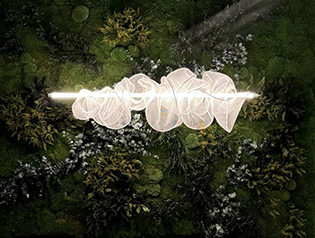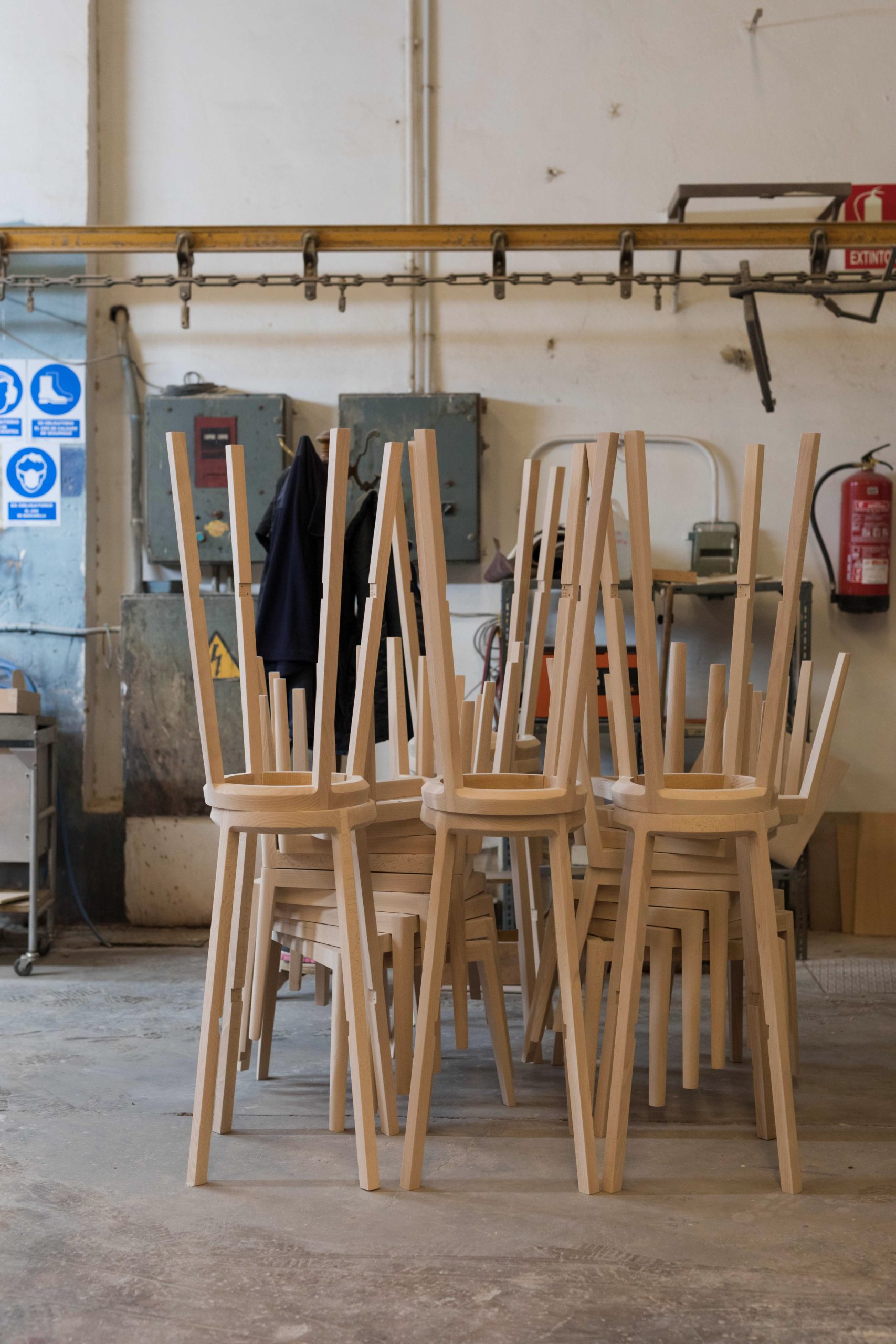#LZFFallBackOnArt
Cento Yuste (b.1966) is an illustrator and graphic designer, living and working in Valencia, Spain. Starting out as a painter, exhibiting his art in Valencia and Madrid, an interest in the world of design led Yuste to pursue a career in illustration and set design. Yuste has worked as part of the creative team on a number of television commercials and series, made posters for several Valencian films, designed sets for videos by Spanish music acts (such as pop singer Luz Casal), and his drawings have featured as animations in television title sequences and commercial advertising.

Cento Yuste. Self-illustration.
‘As a tool, art is essential to evolving and making ideas, aesthetics and a contemporary society. It shows that human beings can become creative in more than just their own destruction.’ (Cento Yuste)
Cento Yuste has kindly provided a mix of his colourful and madcap illustrations, free to download. Just click on Frida Kahlo (below), print them out, and put them up at home.
A Q&A with Cento Yuste.
I’m curious to know why you describe yourself as an illustrator and artist in the Renaissance style. Can you say more?
(CY) My life is focused on art, and especially on the applied arts, the discipline through which creativity can be turned into a profession. Currently, I am dedicated to illustration—it has always been the focus of my dedication—but I have also designed fountains, pergolas, ombráculos [intricate structures providing shade], and garden walkways. I have decorated premises and designed scenery. I have faced any kind of commission, generally within the field of design and advertising. I think all of this enables a much greater perspective when approaching a project.

Cento Yuste designed this ombráculo for Jardín de l’Albarda in Alicante, Spain.
Your illustrations have a colourful, pop art quality. Can you describe the importance of colour in your work?
(CY) Colour has a great importance in my work. I handle a palette that varies only slightly over the years. I am very clear about the colours I use and their particular harmonies. The result is luminous and full of contrasts. My work always ends up having an optimistic outcome.
Where do you find your creative impulse—who or what inspires you?
(CY) I’m a music fanatic. Music is always in the background while I’m working: soul, classical, electronic, rock.
My graphic base is found in symbolism: ancient symbolism, and above all alchemy, are the sources of inspiration for my language. I am inspired by the Renaissance and Mannerism [also known as Late Renaissance], as well as African primitive art, Egyptian painting, German expressionists, and early 20th century avant-garde. The artists, cartoonists and illustrators that inspire me include: Keith Haring, Mœbius [Jean Giraud], Robert Crumb, and Charles Burns. There is also the American director Roger Corman, Spanish poet and author Gloria Fuertes, French dramatist Antoine Artaud, and I’m a fan of low-budget, science fiction and horror B-movies—they have had such an influence on the underground aesthetic.

Keith Haring by Cento Yuste.
If I were to describe your work as an eclectic mishmash of themes, styles, and images, how would you respond?
(CY) Like the Catalan singer–songwriter Jaume Sisa, I would say he is a universal Galactic. [Sisa defines himself as a ‘cantautor galáctico’.]
Taking ‘without women there is no food sovereignty’ as an example, what role can art play in highlighting many of the adversities faced by real people?
(CY) If we talk about real people, we also have to refer to real art. Art has an obligation to describe, narrate, tell, move, explain, and suggest. As a tool, art is essential to evolving and making ideas, aesthetics and a contemporary society. It shows that human beings can become creative in more than just their own destruction.

An artwork by Cento Yuste for the exhibition: ‘VALENCIAN CREATORS FOR HUMAN RIGHTS: 70 years of the Universal Declaration of Human Rights‘.
Making use of the direct and narrative role of illustration, is fundamental when it comes to communicating and showing both the reality and adversity faced by real people.
You worked with the Universitat Politècnica de València, on a postgraduate course that focused on the design of stage and advertising spaces. What were your aspirations for students on this course?
(CY) I gave a course–workshop on advertising and television design. My main interest was that upon completing my section of this course, students would have a very clear idea of set design for a spot or a TV programme. I wanted students to understand the role of the set designer, and what can be achieved through set design, by combining the creative process with material solutions. The experience during the years that this course lasted was fantastic.
I’m a real fan of films where the set design has as big a role to play as the actors. To give two extremes: Pedro Almodóvar’s All About My Mother, and Bong Joon-ho’s Parasite. What are the films with a notable set design, that stand out for you?
(CY) Ridley Scott’s Blade Runner and Alien, Peter Greenaway’s Drowning by Numbers, Rainer Werner Fassbinder’s Querelle, and the 1920 silent horror The Cabinet of Dr Caligari. A film without a good set is not a good film. The narrative power of the scenery is one of the key pieces of cinema.

Querelle film poster.
In the wake of the coronavirus pandemic, what do you think the future might hold for art and culture?
(CY) The coronavirus pandemic will bring art and culture the same future as the human being himself: no more, no less. If art and culture are losing weight and value in society, it is because human beings are also losing it. Art and culture, but also nature and the environment, will depend, along with our future, on the decisions we take right now.
If you had just one chance to change the world, what would you do?
(CY) Make the human being empathetic. Empathy in human beings exists naturally as a species and is a mechanism for survival. But modern man, and the society in which he lives today, have made human beings a selfish and competitive species.

Saturno by Cento Yuste.














